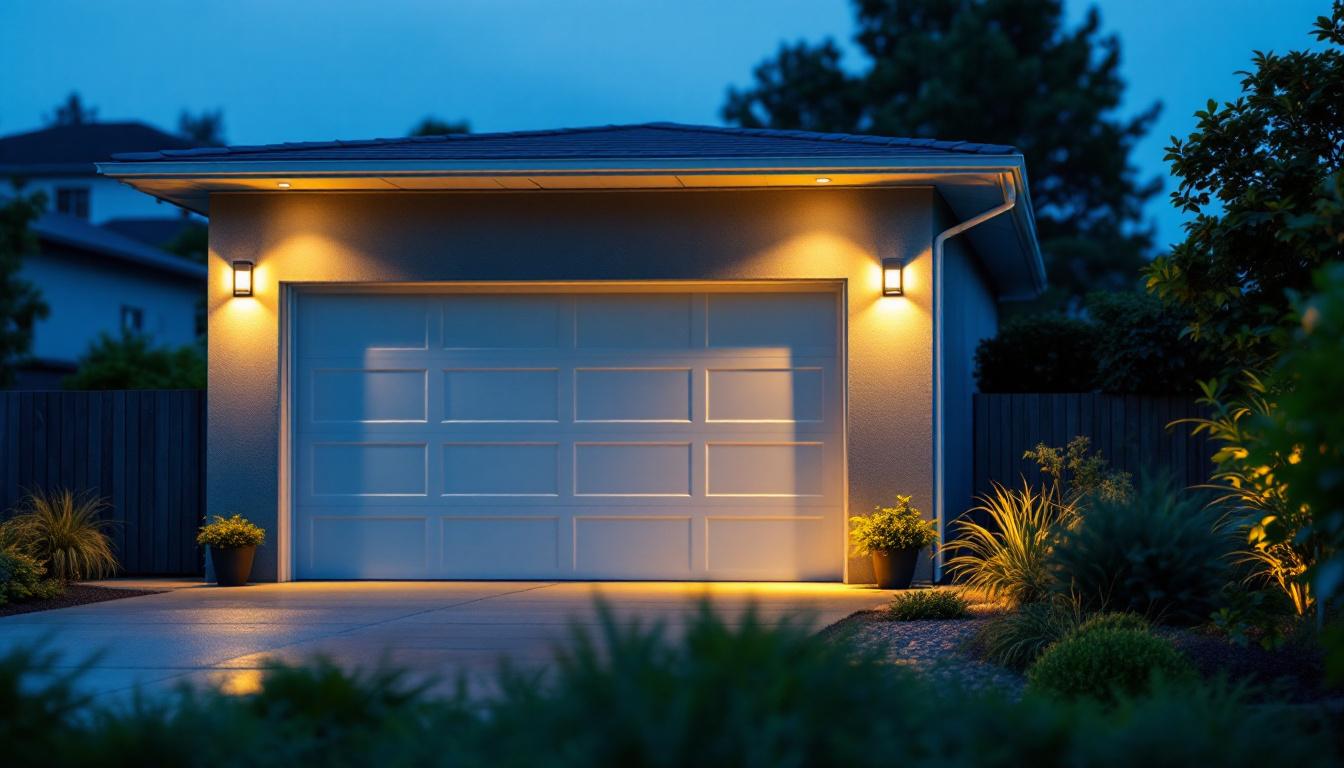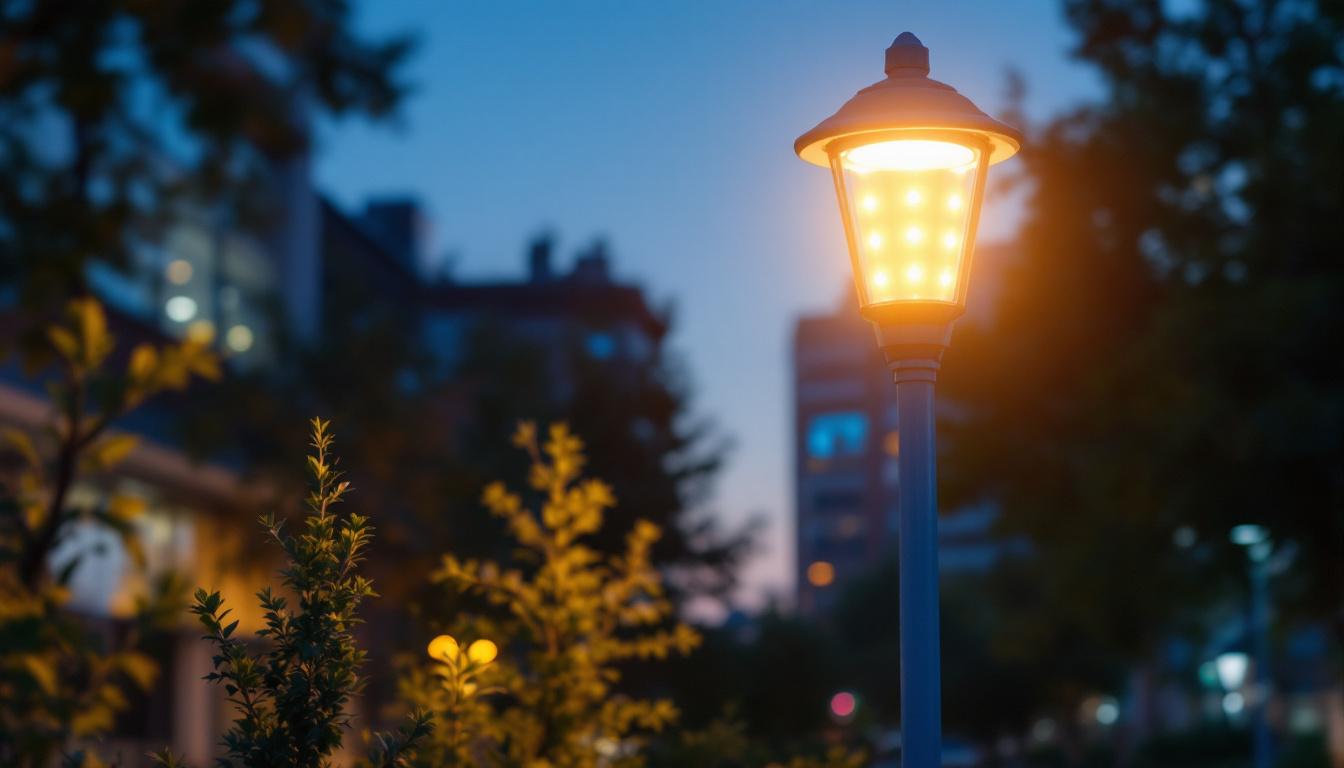
In the world of electrical installations and lighting design, understanding the nuances of light bulbs is crucial for lighting contractors. Among the various types of bulbs available, the 120V light bulb stands out as a common choice in residential and commercial settings. Clients often have specific expectations regarding the knowledge and expertise of their lighting contractors, particularly when it comes to this ubiquitous lighting option. This article delves into what clients expect from lighting contractors regarding 120V light bulbs, covering everything from technical specifications to energy efficiency and design considerations.
The 120V light bulb is designed to operate on standard household voltage in North America. This voltage rating is essential for contractors to understand, as it influences the bulb’s compatibility with various fixtures and circuits.
Clients expect contractors to be knowledgeable about the different types of 120V bulbs available, including incandescent, LED, and CFL options. Each type has its own characteristics, advantages, and disadvantages, which can significantly impact a client’s lighting choices.
There are several types of 120V light bulbs, each serving different purposes and offering unique benefits. Incandescent bulbs, for instance, are known for their warm light and affordability but are less energy-efficient compared to modern alternatives.
LED bulbs, on the other hand, are increasingly popular due to their longevity and energy efficiency. They consume significantly less power and have a much longer lifespan, making them a cost-effective choice in the long run. Additionally, clients may be interested in the various color temperatures available with LED bulbs, which can influence the ambiance of a space.
CFL (Compact Fluorescent Lamp) bulbs serve as a middle ground between incandescent and LED options. While they are more energy-efficient than incandescent bulbs, they do not match the longevity or light quality of LEDs. Understanding these differences allows contractors to provide informed recommendations to clients.
Clients often expect contractors to have a firm grasp of the technical specifications related to 120V light bulbs. This includes wattage, lumens, and color temperature. Wattage indicates the energy consumption of the bulb, while lumens measure the brightness produced. A higher lumen count typically means a brighter light, which is a crucial consideration for clients looking to illuminate specific areas effectively.
Color temperature, measured in Kelvin, affects the perceived warmth or coolness of the light. Clients may prefer a warm white light (around 2700K) for residential settings, while cooler temperatures (above 4000K) might be desired for office environments. Being able to explain these specifications clearly can enhance a contractor’s credibility and help clients make informed decisions.
One of the primary concerns for clients when selecting lighting solutions is energy efficiency. As energy costs continue to rise, many clients are looking for ways to reduce their electricity bills. Lighting contractors should be well-versed in the energy efficiency ratings of different 120V light bulbs and how they can impact overall energy consumption.
Clients expect contractors to provide insights into the long-term cost savings associated with switching to energy-efficient lighting options, such as LED bulbs. While the initial investment may be higher, the reduced energy consumption and longer lifespan can lead to significant savings over time.
Energy labels provide valuable information about the efficiency of light bulbs. Contractors should be able to explain these labels to clients, detailing how to interpret them and what they mean for energy consumption. For instance, the Energy Star certification indicates that a bulb meets strict energy efficiency guidelines set by the Environmental Protection Agency.
Clients may also benefit from understanding the concept of “lifetime cost,” which takes into account the purchase price, energy costs, and replacement frequency. By presenting this information, contractors can help clients see the bigger picture when it comes to lighting investments.
Many clients may not be aware of available incentives or rebates for energy-efficient lighting upgrades. Contractors should stay informed about local and federal programs that encourage the use of energy-efficient bulbs. By sharing this information, contractors can not only save clients money but also enhance their reputation as knowledgeable professionals.
Incentives can vary widely depending on the region, so contractors should be proactive in researching and communicating these opportunities to clients. This can include utility company rebates or government programs aimed at promoting energy efficiency.
Beyond technical specifications and energy efficiency, clients often expect contractors to assist with design considerations when selecting 120V light bulbs. Lighting plays a crucial role in the overall aesthetic and functionality of a space, and clients may look to contractors for guidance on achieving the desired ambiance.
Contractors should be prepared to discuss various design elements, including fixture compatibility, bulb shape, and color rendering index (CRI). The CRI measures a bulb’s ability to accurately render colors compared to natural light, which can be particularly important in settings like art studios or retail spaces.
Understanding fixture compatibility is essential for contractors. Not all bulbs fit all fixtures, and clients expect contractors to recommend bulbs that will work seamlessly with their existing lighting setups. This includes considering the base type, wattage limitations, and the overall design of the fixture.
Contractors should also be able to advise clients on the best bulb types for specific applications, such as recessed lighting, track lighting, or decorative fixtures. This knowledge can help clients achieve their desired lighting effects while ensuring safety and functionality.
Lighting can dramatically affect the mood of a space. Clients often seek contractors’ expertise in creating the right ambiance through thoughtful lighting design. This includes selecting the appropriate color temperature and brightness levels for different areas, such as living rooms, kitchens, or offices.
Contractors can also discuss the use of dimmers and smart lighting solutions, which allow clients to adjust the brightness and color of their lighting based on their preferences and activities. These modern solutions can greatly enhance the user experience and provide added flexibility in lighting design.
Clients expect their lighting contractors to adhere to best practices during the installation of 120V light bulbs. This includes ensuring safety, compliance with local codes, and proper techniques to prevent issues down the line.
Contractors should be knowledgeable about the electrical requirements for installing 120V bulbs, including circuit load calculations and wiring standards. This expertise not only ensures safety but also helps prevent potential electrical issues that could arise from improper installations.
Safety is paramount in any electrical installation. Clients expect contractors to follow all relevant safety standards and regulations when working with 120V light bulbs. This includes using appropriate personal protective equipment (PPE) and adhering to guidelines set by organizations such as the National Electrical Code (NEC).
Contractors should also educate clients about the importance of safety in their lighting choices, including the risks associated with using incompatible bulbs or overloading circuits. This proactive approach can build trust and demonstrate a commitment to client safety.
Clients may not only seek installation services but also expect guidance on maintenance and troubleshooting of their lighting systems. Contractors should be prepared to offer advice on how to care for 120V light bulbs, including cleaning tips and replacement schedules.
In addition, contractors should be equipped to troubleshoot common issues that may arise with 120V lighting systems. This includes flickering lights, bulb burnout, and circuit problems. Providing clients with this knowledge can empower them to address minor issues independently, while also reinforcing the contractor’s role as a reliable resource.
Effective communication is key to meeting client expectations. Lighting contractors should prioritize educating clients about their options regarding 120V light bulbs. This includes not only technical information but also practical advice tailored to the client’s specific needs and preferences.
Clients appreciate contractors who take the time to explain complex concepts in an understandable manner. By breaking down technical jargon and using relatable examples, contractors can foster a positive relationship with clients and enhance their overall experience.
Every client has unique preferences and requirements when it comes to lighting. Contractors should take the time to understand each client’s specific needs and provide personalized recommendations. This could involve conducting site assessments, discussing the client’s vision, and suggesting suitable lighting solutions based on their lifestyle and aesthetic preferences.
By offering tailored advice, contractors can demonstrate their expertise while also making clients feel valued and understood. This personalized approach can lead to higher client satisfaction and increased referrals.
After the installation is complete, clients often expect follow-up services to ensure their satisfaction and address any concerns. Contractors should consider implementing a follow-up process to check in with clients after the project is finished. This can include providing additional resources, answering questions, or offering maintenance services.
Such follow-up not only reinforces the contractor’s commitment to quality service but also opens the door for future projects or referrals. Clients are more likely to recommend contractors who demonstrate ongoing support and care for their needs.
In conclusion, lighting contractors play a vital role in helping clients navigate the complexities of 120V light bulbs. By understanding the various types of bulbs, energy efficiency considerations, design elements, installation best practices, and the importance of effective communication, contractors can meet and exceed client expectations.
Clients value knowledgeable contractors who can provide tailored solutions and ongoing support. By staying informed and proactive, lighting contractors can build lasting relationships with their clients and establish themselves as trusted experts in the field.
Ultimately, the success of a lighting project hinges on the contractor’s ability to understand and address the unique needs of each client, ensuring that their lighting choices enhance both the functionality and aesthetics of their spaces.
Ready to elevate your lighting projects with high-quality 120V light bulbs that meet your clients’ expectations? Look no further than LumenWholesale for a vast selection of spec-grade lighting products at unbeatable wholesale prices. With our direct-to-contractor approach, you enjoy superior lighting without inflated markups, ensuring every project shines with reliability and performance. Plus, with free shipping on bulk orders, you can stock up on premium lighting solutions at the best value — all without hidden fees or compromises. Enhance the functionality and aesthetics of your spaces today by visiting Wholesale Lighting at the Best Value and experience the LumenWholesale difference.

Discover essential tips and expert insights on selecting the perfect outdoor lighting for garages.

Discover the key advantages of using Hps ballast for lighting projects.

Discover how motion light switches can revolutionize the way lighting contractors manage projects, offering significant cost savings and efficiency.

Discover the essential facts about LED lamp posts that every lighting contractor should know.